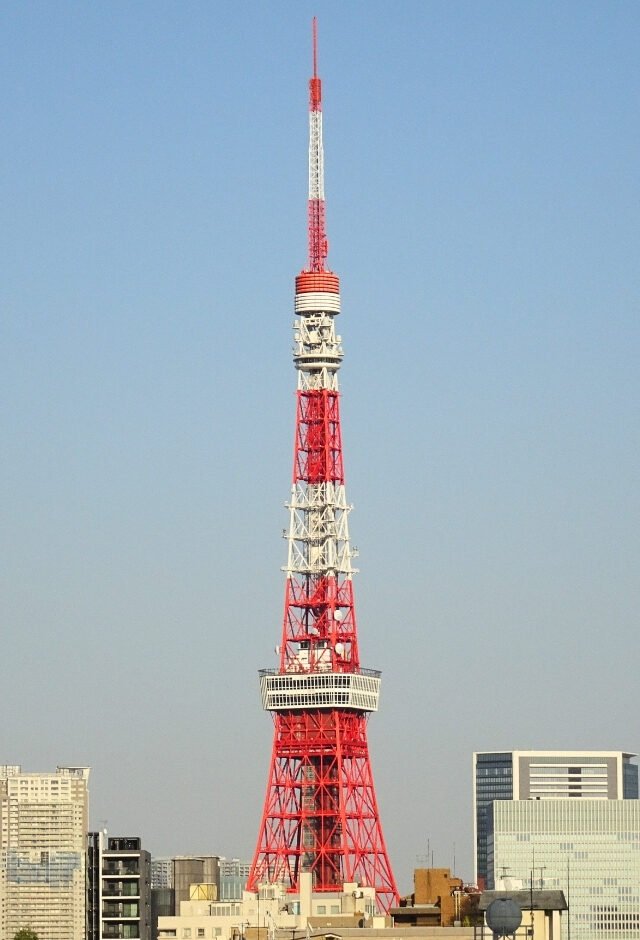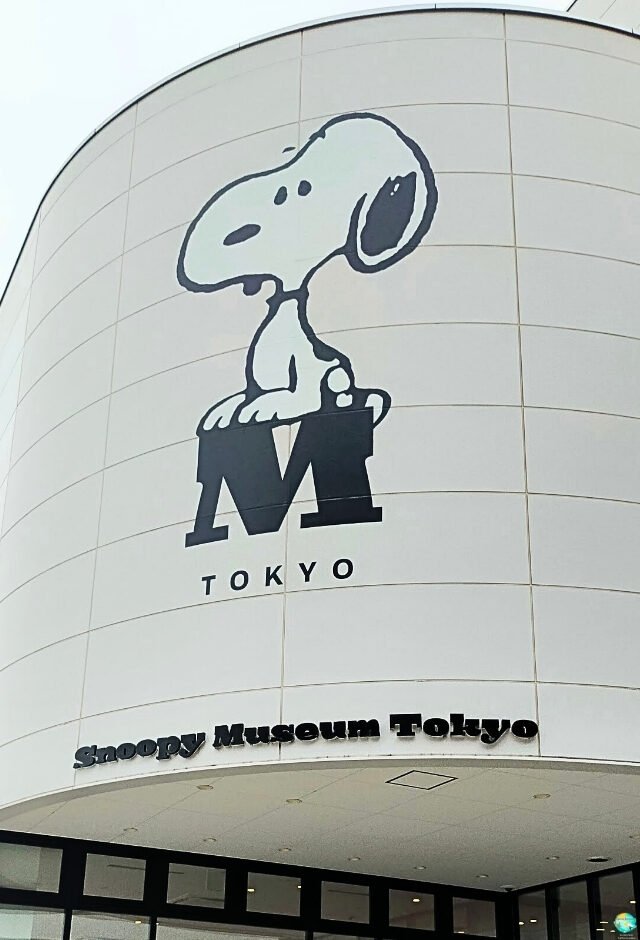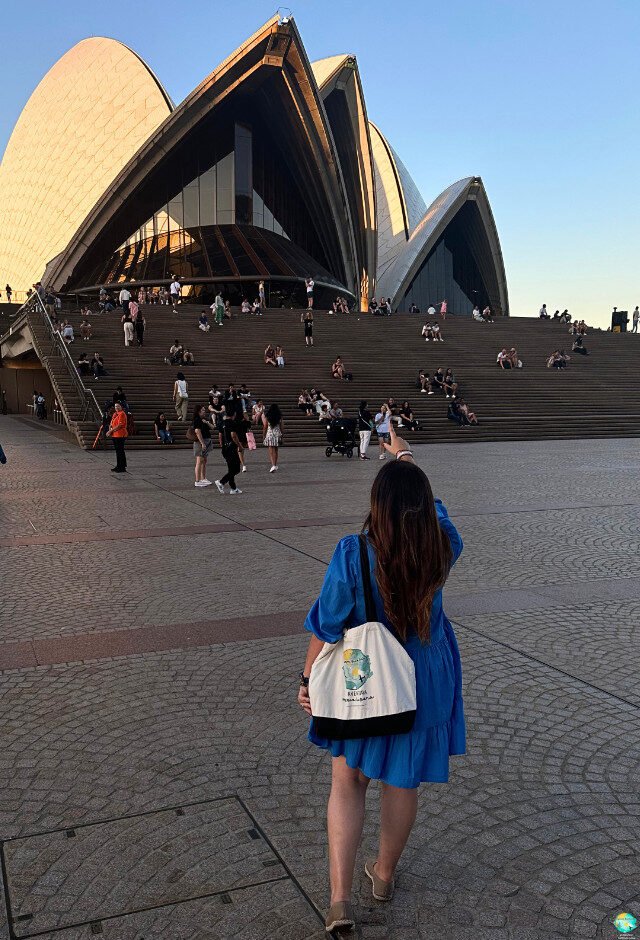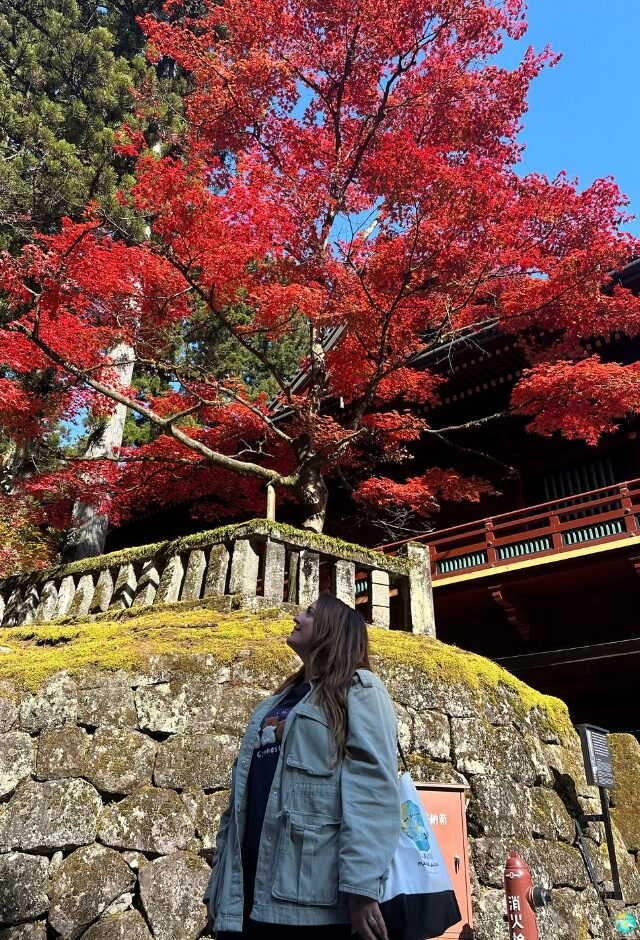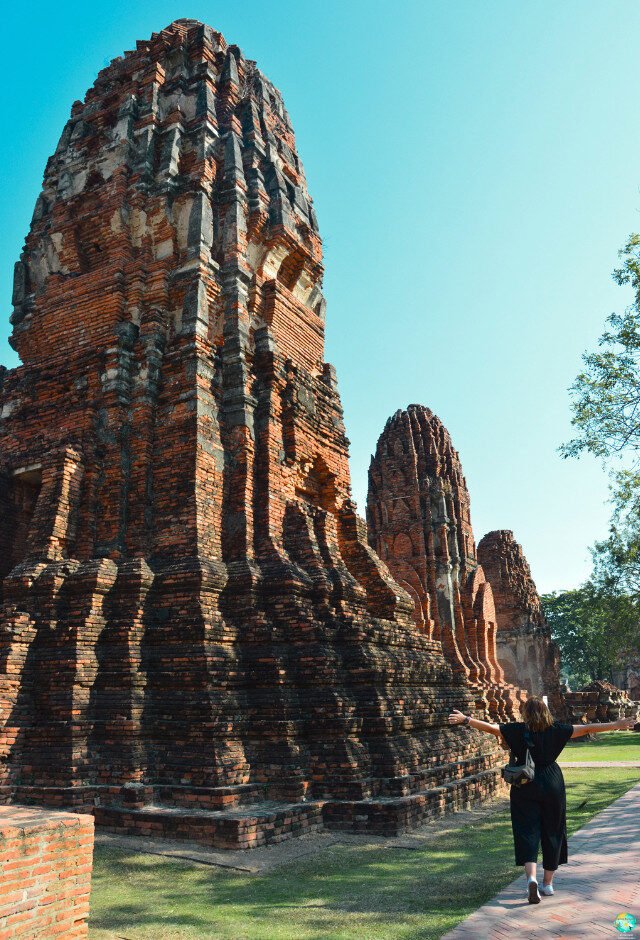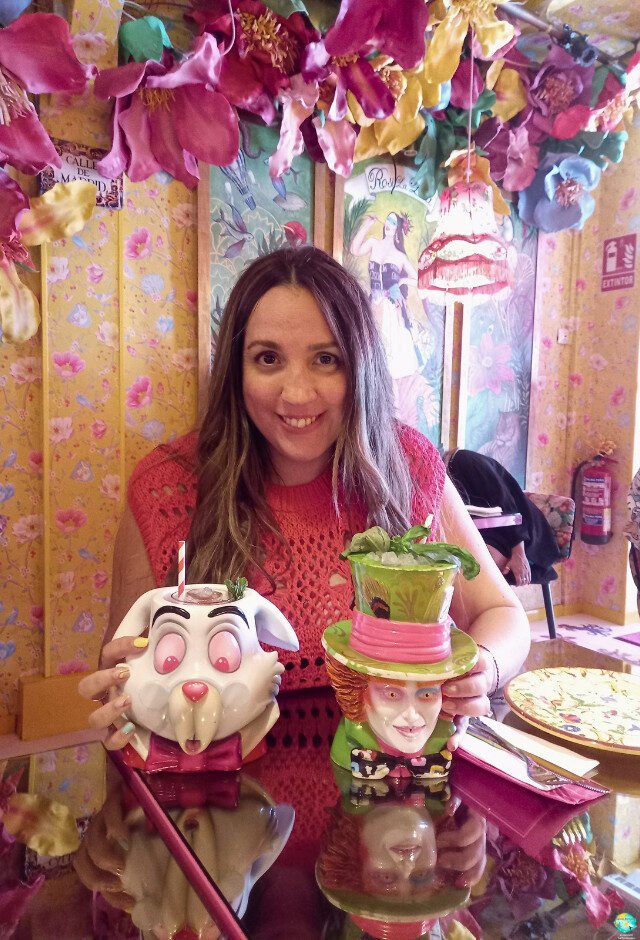What to see in Matsumoto in one day: experience the magic of the Japanese Alps
Do you want to discover What to see in Matsumoto and live an authentic experience in Japan? This city, known as the gateway to the Japanese Alps, combines history, culture, and nature in a unique setting. Known for its black castle, its traditional streets and a quiet atmosphere, Matsumoto is ideal for a day trip from Tokyo, Nagano or even Kyoto. In this complete guide I tell you How to get there, what to see, where to eat, and all the tips to help you live your own Japanese dream..
Get ready to discover Japan's most photogenic castle, stroll through historic streets, and savor authentic local cuisine.
How to get to Matsumoto
Getting to Matsumoto is easy and convenient, especially from major cities like Tokyo. There are several transportation options that make this trip easier.
From Tokyo
Traveling from Tokyo to Matsumoto can be done by train, the most efficient and comfortable means of transportation. Shinjuku Station is the most frequently used station for this journey, where you can take the Azusa Limited Express train. This train offers a direct journey to Matsumoto, allowing you to enjoy the scenery along the way.
Transportation options
Train
The Azusa Limited Express train is the most popular option. With a journey time of approximately 2 hours and 30 minutes, it's advisable to reserve seats, especially during rush hour. Trains typically depart every hour.
Bus
Another alternative is the bus. There are services that connect Matsumoto with several nearby cities and Tokyo. Although the journey is a little longer, it can be a more economical option.
Car
For those who prefer driving, a car rental is available. Matsumoto is well connected by road, and the trip offers an opportunity to explore the surrounding area at your own pace.
Approximate costs
The cost of getting to Matsumoto varies depending on the mode of transportation chosen. Below are some approximate prices:
- A ticket for the Azusa Limited Express train costs around 4,070 yen (approximately €34.60), a price that includes the experience of a scenic ride.
- Bus fares vary, but they're usually cheaper, especially if booked in advance. Prices can range from 2,500 to 3,500 yen depending on the company and route.
- Renting a car can involve variable expenses, but the daily rental cost in Japan is around 7,000 yen (approximately €60) plus fuel and tolls.
It's a good idea to check schedules and fares before embarking on your trip to ensure a smooth and hassle-free experience. Planning is key to fully enjoying what Matsumoto has to offer.

Transportation within Matsumoto
The city is fairly compact, and many of the main attractions are within walking distance, especially the castle, shopping streets, and several museums. If you prefer not to walk far, there are local bus services and taxis.
Additionally, if you plan to take excursions to nearby natural areas or traditional villages, it may be helpful to rent a car or book guided tours that include transportation.
Tips for your return
For a smooth return, considering a few things can be beneficial. Using a map and transportation apps can help clarify routes and schedules.
- It is advisable to book a train ticket in advance, especially during busy times.
- Checking the status of rail services through official apps can help avoid unpleasant surprises.
- Allowing enough time before the train departs will allow you to enjoy a last glimpse of Matsumoto's charms.

History and curiosities that you didn't know about Matsumoto
Although it may seem like a small town, Matsumoto has a fascinating past. It was an important fiefdom during the Sengoku period (16th century), when the castle that still dominates the town today was built. This castle is one of the few in Japan that remains intact from the 16th century and is a perfect example of Japanese military architecture. During the Edo era, Matsumoto grew as a political and cultural center, and its legacy can still be seen in the streets and temples.
Did you know that Matsumoto was one of the first cities to invest in Public education in the Meiji eraThis made it a cultural center in the midst of Japan's modernization. In fact, you can still see the Kaichi School, a beautiful 19th-century Western-style building preserved as a museum.
Another curiosity: the city has been so connected with art that it is even considered Yayoi Kusama's birthplace, the most famous Japanese artist in the world. Her distinctive polka dots and surrealist works were born in this mountainous corner, where the imagination seems to flow with the same force as alpine rivers.
You'll love to know that Matsumoto has a very special relationship with the frogsYes, frogs! A symbol of good luck and a safe return home.

Nawate: The Street of Frogs
Nawate Street is a charming thoroughfare that invites you to immerse yourself in the local culture. With its peaceful atmosphere and distinctive vibe, it's the perfect place to start a visit to Matsumoto.
History and curiosities
This historic street owes its name to the numerous frogs that decorate the area, symbolizing good luck. Over the centuries, Nawate Street has evolved from an old market to a bustling tourist attraction. Although small in size, its cultural and social significance has endured, making it a landmark in the city.
Shops and souvenirs
Visitors can enjoy a variety of shops offering unique products, from local crafts to traditional sweets. Highlights include:
- Ceramic shops where you can find handmade pieces.
- Shops selling authentic souvenirs, such as washi dolls and paper goods.
- Establishments offering typical regional snacks and sweets, perfect for bringing a piece of Matsumoto home.
Each of these shops adds a special touch to the journey, creating a vibrant and welcoming atmosphere. Strolling down Nawate Street is like taking a journey through time, appreciating Japan's cultural heritage.
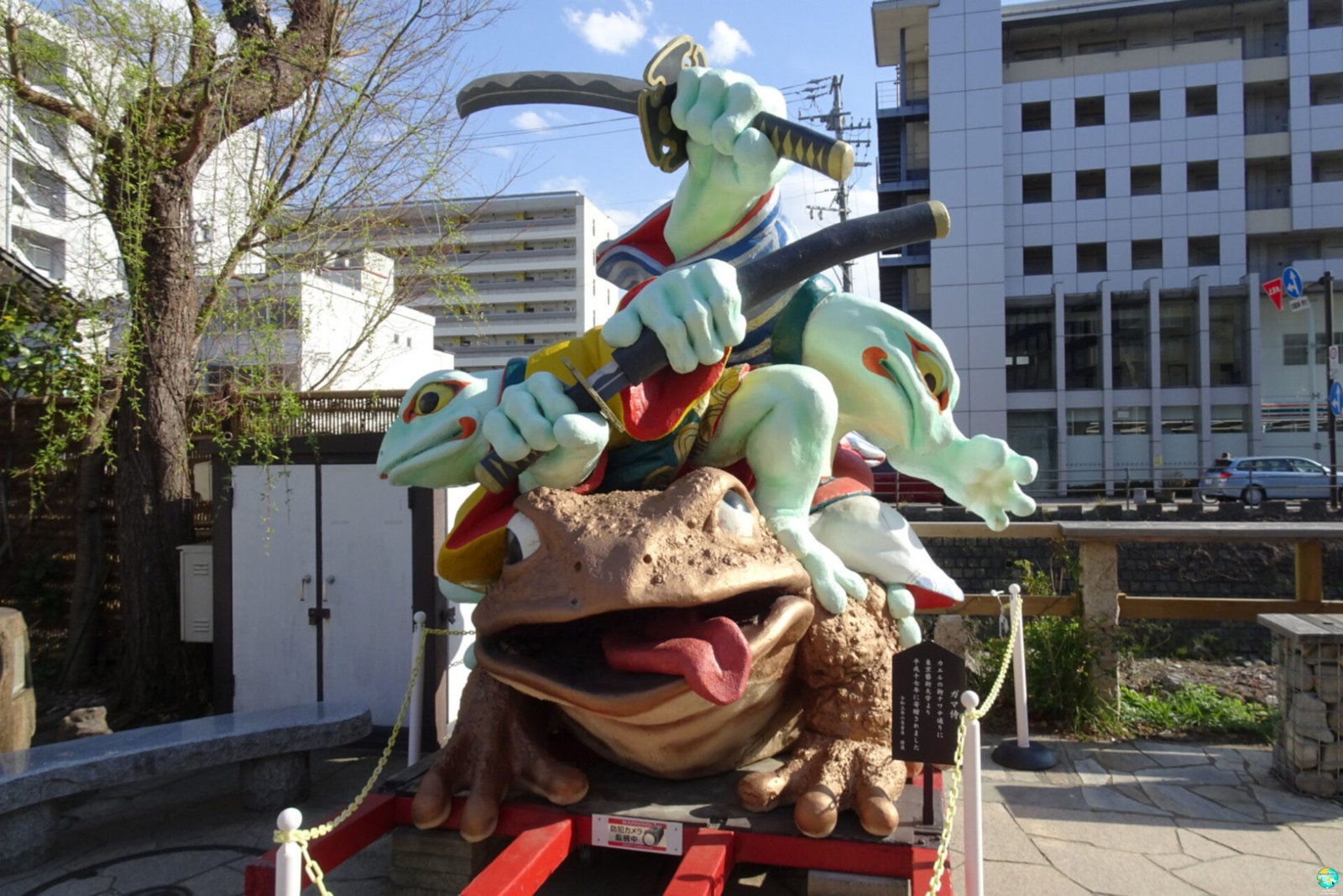
Frog statues
One of Nawate Street's most distinctive features are the frog statues scattered throughout the street. These sculptures add a playful character to the surroundings and are popular with tourists looking to capture the moment in a photograph.
The frogs are artfully decorated and each has its own unique design, making them a point of interest for photography enthusiasts. Visitors often stop to admire them and share their images on social media, thus creating a connection between tradition and modernity.

Raven's Castle from Matsumoto: National Treasure
Located in the heart of Matsumoto, Matsumoto Castle is an iconic symbol of Japanese architecture and an important cultural heritage site. Its imposing structure and natural setting make it one of the most visited destinations in the region.
Architecture and features
This castle, known as the "Crow Castle," stands out for its distinctive black color and elegant design. Built in the 16th century, its architecture is a faithful example of the Edo period castle style. Notable features include:
- Six floors visible from the outside, although there is a seventh floor internally.
- A complex system of ditches and defensive walls that are still well preserved.
- Curved roofs that give it a majestic and harmonious appearance.
Visiting the interior
Upon entering the castle, visitors must remove their shoes and use shoe bags. The castle's interior offers a unique experience with various rooms showcasing Japan's military history. You can see displays of samurai weapons and armor, immersing yourself in the country's history. Steep staircases lead to the different levels, each with its own charm.
First floor: It was the castle's warehouse, where supplies and weapons were kept. It is notable for the musha-bashiri, a corridor through which samurai would run in the event of an attack to confront the enemy. Imagine: swords ready and adrenaline pumping.
Second floor: It housed eight rooms that served as accommodation for the warriors who defended the fortress.
Third floor: The most secret of all. Why? Because it has no windows, making it practically invisible from the outside. From the outside, it looks like the castle has only five floors, when in fact, there are six.
Fourth floor: On the contrary: it is full of windows and was where the room of the daimyo, the lord of the castle, was located.
Fifth floor: It was the strategy room. Meetings were held here and battles were planned. Panoramic views allowed for control of the entire surroundings, a key advantage in times of war.
Sixth floor: the top of the castle, about 22 meters high. It was the daimyo's last refuge in case of siege. Today, it's the best vantage point for enjoying breathtaking views of the city and the Japanese Alps.

The stairs connecting the floors aren't stacked on top of each other, so each time you reach a new level, you'll have to cross the room to the other end to find the next flight. This isn't a whim: this design was intended to deter any enemy who dared to attack the castle.
When you finish the climb and descend back to solid ground, don't rush off. Take some time to stroll through the gardens, both those surrounding the castle and those on the other side of the moat. And, of course, take a photo in the beautiful Uzumibashi bridge, with that intense red that looks brutal with the background of the castle.
Castle Stories
Matsumoto Castle is home to numerous legends that add a mystical air. It is said that the spirits of warriors who fought in past battles reside within. The moon viewing hall is especially famous, as locals use it to celebrate Tsukimi, a tradition honoring the autumn full moon. This castle has also been the site of important historical events that marked the development of the region.

- Schedule:
March to November: 8:30 a.m. to 5:00 p.m. (last entry 4:30 p.m.)
Winter (December to February): Same hours, but check holidays.
Price:
Adults: 700 yen (about €4.50).
Children: 300 yen (about 2 €).
Combined ticket with the City Museum: available.
How to get there:
From JR Matsumoto Station, about 15 minutes walk.
You can also take a bus on the Town Sneaker Line (Stop: Matsumoto Castle).
Matsumoto Castle Tour and Samurai Experience
Follow in the footsteps of the samurai to Matsumoto Castle. Visit Matsumoto Castle: The Heart of Samurai History
Miso in Matsumoto
Explore a historic miso factory with a rich heritage spanning over 150 years. Enjoy a delicious meal featuring the factory's smooth and creamy miso as its key ingredient.
Experience in Matsushima Bay
You can witness the beauty and power of nature's formations up close while feeling the ocean breeze and enjoying the scent of the sea, unlike photos or views from land.
DREAMER TIPS
- Arrive early to avoid queues.
- If you can, visit during the hanami (spring) or the momiji (autumn) to enjoy the landscape with cherry or maple trees in all their splendor.
- Climbing the stairs is demanding (they are steep), so wear comfortable shoes.
- If you travel with a suitcase, there are left-luggage office at the station to leave luggage.
- The best angle to capture the castle with its reflection is from the red bridge across the moat.

What to see in Matsumoto: Nakamachi Street
Nakamachi Street is a charming reflection of Matsumoto's history and culture. This thoroughfare, which preserves its traditional architecture, invites you to explore its rich cultural heritage while enjoying a variety of activities.
Traditional architecture
The architectural style of Nakamachi Street is notable for its wooden buildings, which have stood the test of time. These houses, some of which date back to the Edo period, feature gabled roofs and carefully preserved facades. This design is not only aesthetically pleasing but also provides a glimpse into the way of life of past generations. Strolling down this street is like taking a trip back in time, where each building tells a story.
Craft shops
Nakamachi Street is home to a number of charming shops offering unique handcrafted products. Local crafts are highly valued, and visitors can find:
- Handmade ceramic items.
- Traditional textiles, including kimonos and obis.
- Handmade paper products, known as washi, used in making cards and lamps.
- Typical Matsumoto souvenirs, ideal for taking home a special memory.
Many of these establishments have a welcoming atmosphere and are run by artisans who are willing to share their knowledge and techniques. This contact with the creators adds significant value to the shopping experience.
Charming cafes
Along the street, you can find several cafes offering a perfect atmosphere for a break. These places not only serve freshly brewed coffee but also offer traditional Japanese sweets. Some typical options include:
- Matcha Parfait: a dessert that combines green tea ice cream, mochi and fresh fruit.
- Dango: Steamed rice balls on skewers, ideal for accompanying tea.
- Rice cakes: varieties filled with anko (red bean paste), which are both delicious and representative of Japanese culture.
The cafés, decorated with traditional elements, offer a relaxing atmosphere that allows you to enjoy not only the flavors but also the atmosphere of the street. It's the perfect place to watch the comings and goings of visitors while savoring local delicacies.
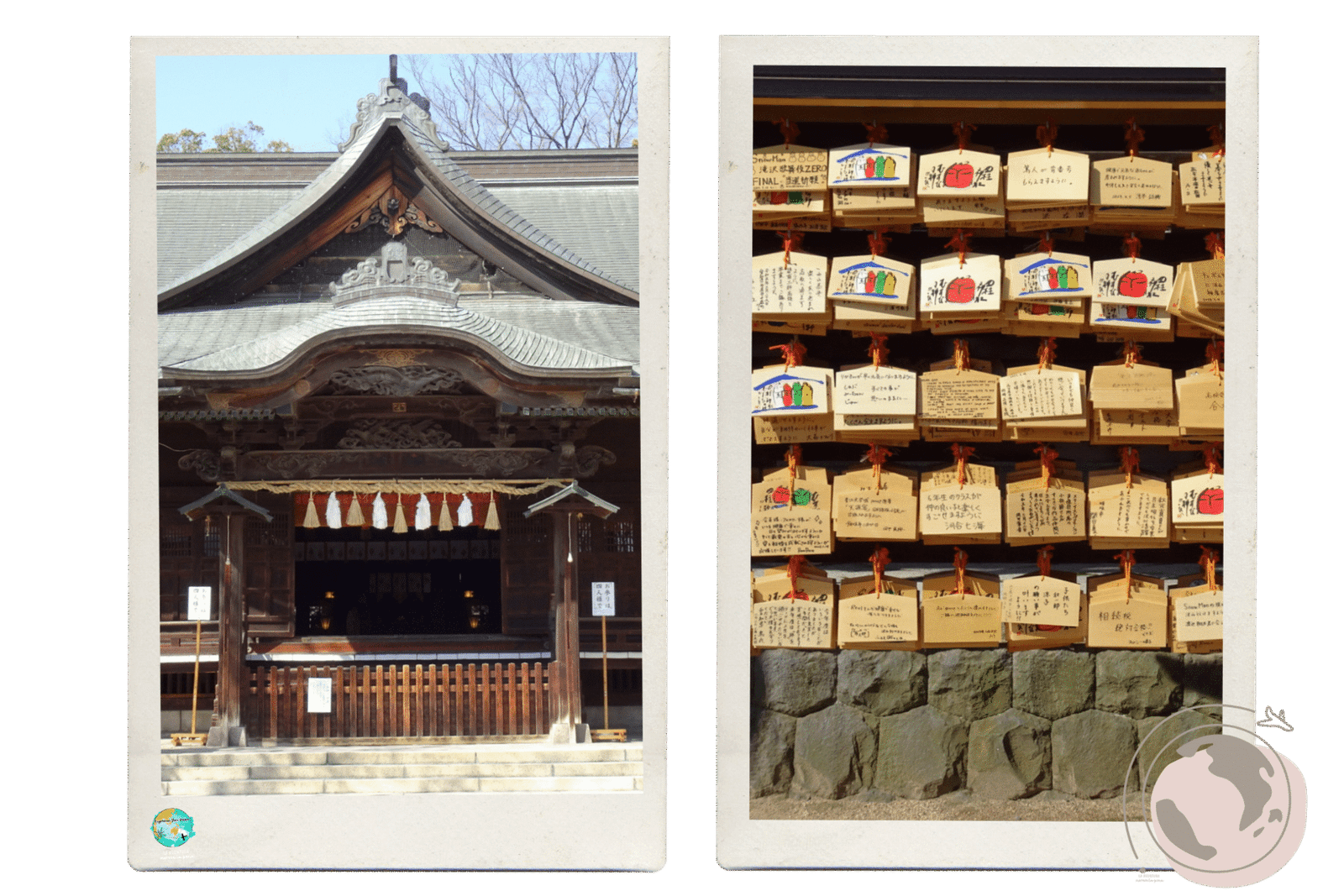
Sensai Bridge and Yohashira Shrine
Sensai Bridge and Yohashira Shrine are two of Matsumoto's highlights, where nature and spirituality intertwine, offering a perfect space for reflection and photography.
Photography on the Sensai Bridge
Known for its charming aesthetic, Sensai Bridge is an ideal place to capture the city's beauty. This wooden bridge, spanning the Metoba River, boasts a prime location, providing stunning views of the Japanese Alps in the background. The surrounding trees, along with the crystal-clear flowing water, create a picturesque setting worthy of being immortalized.
Photographers can enjoy a variety of perspectives, especially at sunset, when the colors of the sky are reflected in the water. The combination of the bridge's traditional architecture with the area's natural landscape makes each shot unique. Many visitors take the time to capture these moments, and the place becomes a perfect backdrop for souvenir photos.
Visit to the Yohashira Shrine
Located just steps from Sensai Bridge, Yohashira Shrine is a temple dedicated to the deities of the earth and agricultural products. This structure is surrounded by a serene environment that invites contemplation and meditation. Visitors can observe traditional Japanese architecture, characterized by its curved roofs and beautiful decorations.
Inside the shrine, you can find various installations that pay homage to local deities. The rituals performed here are a vital part of Japanese culture, and each year, numerous people come to pay their respects and express their wishes. Walking through the grounds, one feels enveloped in an atmosphere of peace and spirituality.
Japanese spiritual culture
Japanese spiritual culture is intrinsically linked to nature, and Yohashira Shrine is a clear example of this relationship. Shrines are often places where people seek connection with the divine, a sense of belonging, and inner peace. The simplicity and beauty of these spaces, along with their natural surroundings, foster moments of reflection and harmony.
In Japan, it's common to find shrines and temples that offer a refuge from the hustle and bustle of everyday life. Here, spirituality permeates the air, and every corner is filled with meaning and tradition. A visit to Yohashira Shrine is, therefore, a gateway to understanding the profound connection that exists between the Japanese and their spiritual customs.
Where to eat in Matsumoto?
🍜 Artisanal soba
Matsumoto soba is a must. Made with pure mountain water and traditional techniques, its texture and flavor are unique.
Where to try it:
Kobayashi Soba (小林そば店): one of the most authentic and traditional places.
Misuzu (みすゞ): very popular with locals for its atmosphere and quality.
🍨Mt Desert Island Ice Cream
After touring the castle and walking around Nakamachi, I decided to give myself a sweet treat and ended up at Mt Desert Island Ice Cream, a small but super top ice cream shop, just a few steps from the castle.
I ordered two scoops (because one wasn't enough!)
If you're looking for something different, escape the ordinary and try this ice cream shop. It's one of those gems that makes your trip even more special.
🕒 Schedule: From 10:00 to 19:00 (although check before in case it changes).
📍 Where: Very close to Matsumoto Castle, ideal for a sweet break after the visit.

Where to sleep in Matsumoto?
Although Matsumoto can be visited in a single dayIf you decide to stay overnight, you'll discover another side of the city: peaceful strolls through the illuminated streets, relaxed dinners in local restaurants, and the opportunity to enjoy the city at your own pace. Here are two highly recommended options:
1. Matsumoto Wellton Hotel
Located just 5-minute walk from JR Matsumoto StationThis hotel combines modern comfort with Japanese details that make it special. It's perfect if you're looking for a convenient location for easy access by train and getting around the city.
Why choose it?
Spacious rooms, ideal for couples and families.
Featured Services: sauna, buffet restaurant with Japanese and Western options, free Wi-Fi throughout the hotel.
Impeccable service and 10/10 cleanliness.
Dreamer Recommendation: If you can, ask for a room on a high floor to enjoy views of the city at sunrise with the Japanese Alps in the background. A picture you won't forget!
👉 Would you like me to manage your reservation at the Matsumoto Wellton Hotel? Write to me and I'll take care of everything so you only have to pack your suitcase.
2. Matsumoto Hotel Kagetsu

Why will you love it?
Rooms with tatami mats and futons to sleep like a real Japanese.
Featured Services: Private onsen (hot spring bath), restaurant with seasonal local dishes and traditional decor with an elegant touch.
A warm atmosphere that will make you feel at home.
Dreamer Recommendation: End the day with a relaxing soak in the private onsen and then stroll through the illuminated streets of the Old Town. It's a magical moment!
👉 Would you like me to make a reservation for you at the Matsumoto Hotel Kagetsu? Just tell me the date, the number of nights and the number of people, and I'll take care of everything.
Is it worth sleeping in Matsumoto?
Absolutely yes! Although the city can be visited in a day, staying overnight allows you to live it without rushing and with more authenticity: enjoy its gastronomy at a leisurely pace, admire the castle illuminated at dusk, and wake up to views of the Japanese Alps.
Dreamer Review: Is Matsumoto Worth Visiting?
There are places you visit and enjoy, and there are others that touch you deeply. Matsumoto is one of the secondIt's not just its castle, which, by the way, is an architectural gem that looks like something out of a history book. It's the peaceful atmosphere, the feeling of being in authentic Japan, far from the hustle and bustle of Tokyo or Kyoto.
Walk through Nawate Street, with its little shops full of frogs and curious details, discovering contemporary art in the middle of the Japanese Alps, sitting in a Nakamachi café with a coffee, an ice cream, or savoring homemade soba that tastes of tradition... These are things you won't forget.
Is Matsumoto worth including on your itinerary? Yes, without a doubt.Because it's not just a beautiful destination: it's a place where time stands still, where history and modernity intertwine, and where every corner has something special to tell. If you love traveling to experience life, Matsumoto is the place for you.
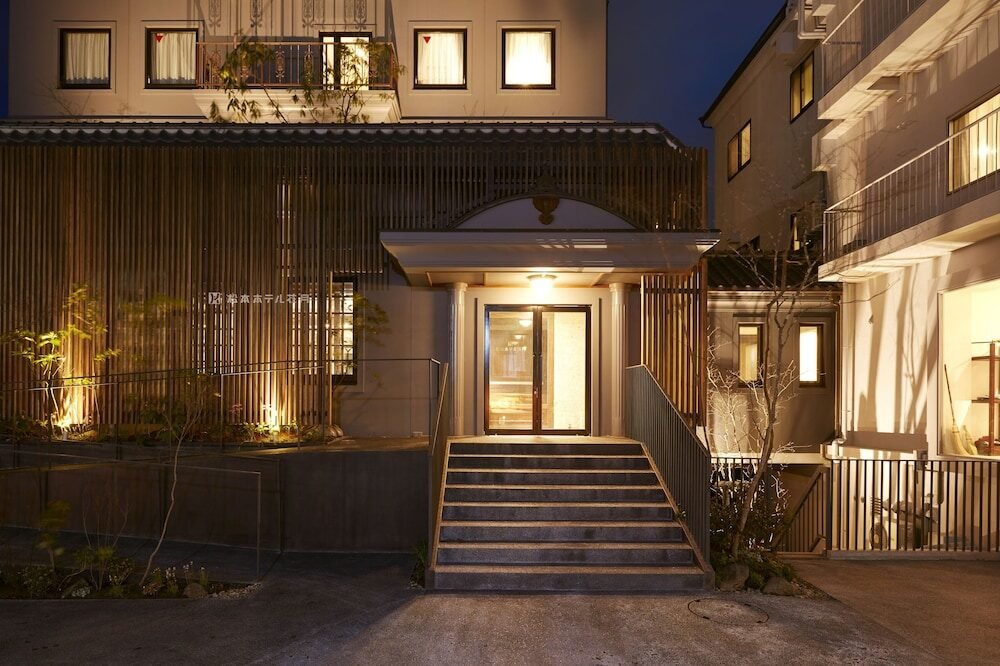
 Plan your trip to Japan
Plan your trip to Japan
We give you everything you need to make your trip to Japan unique, easy, and hassle-free.










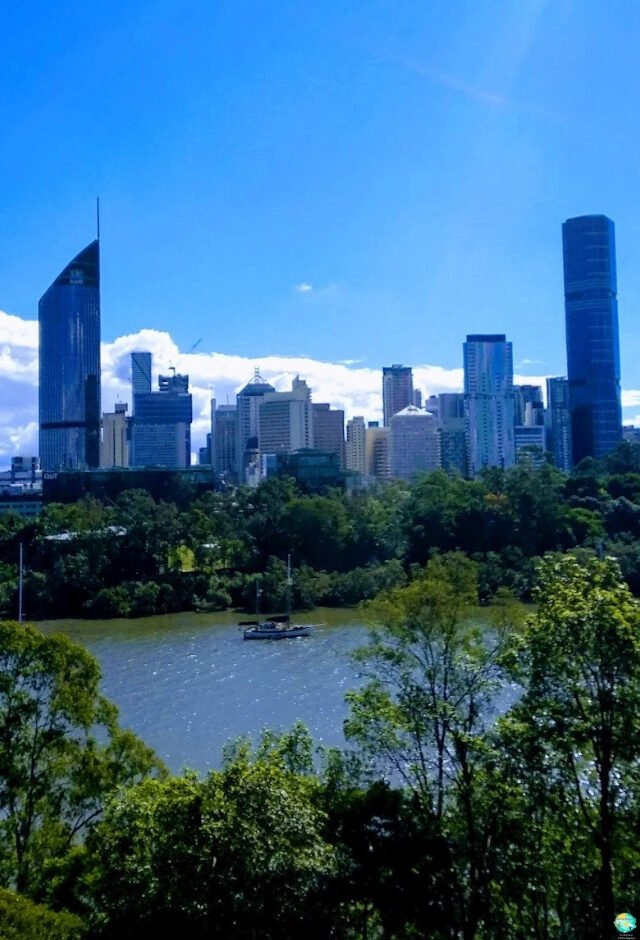












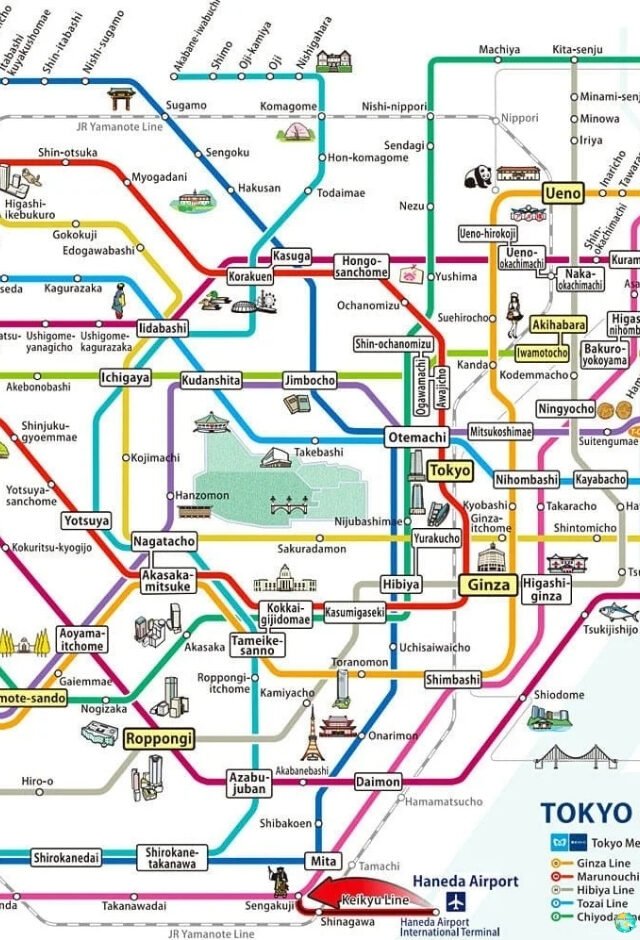
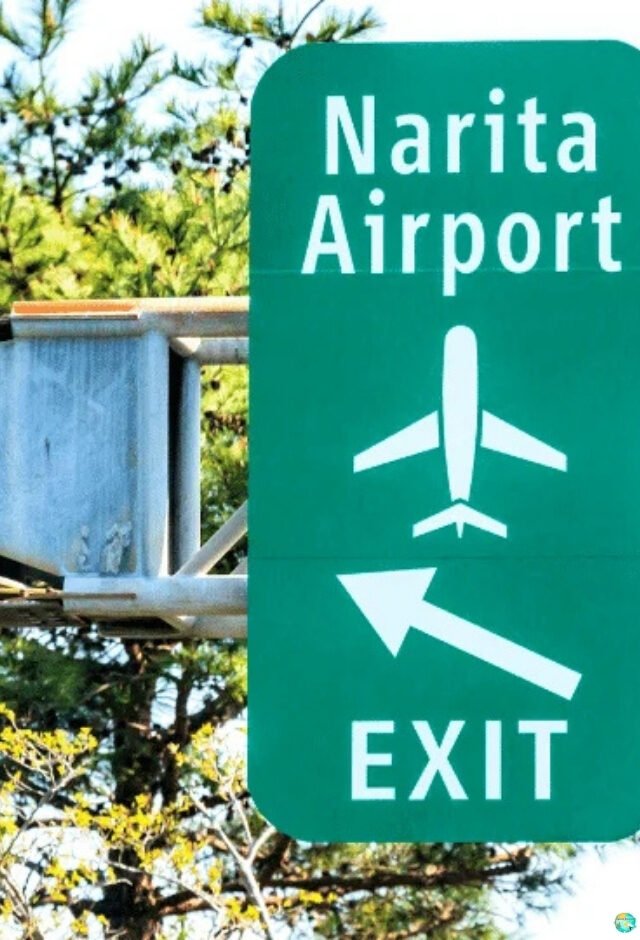


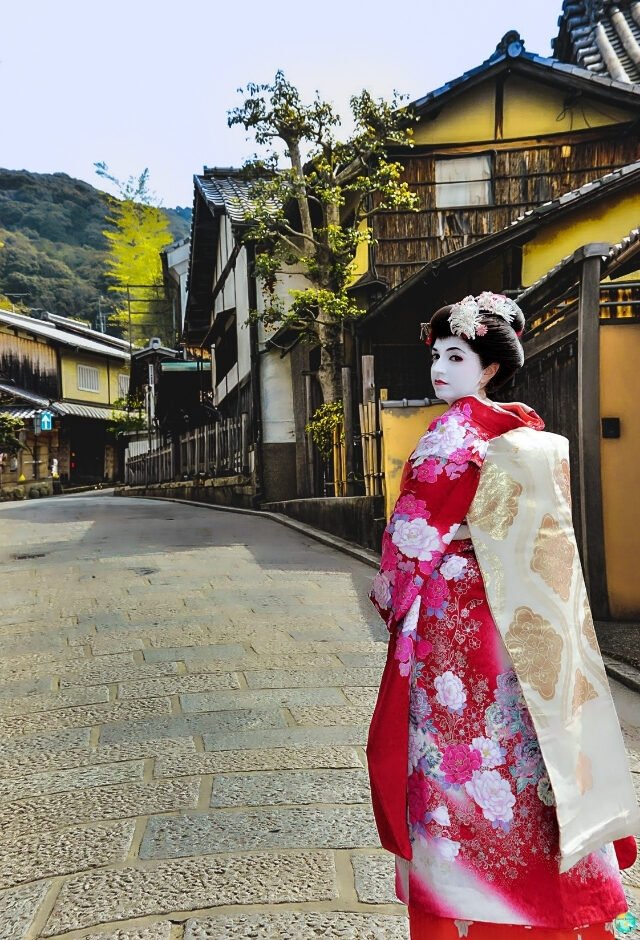

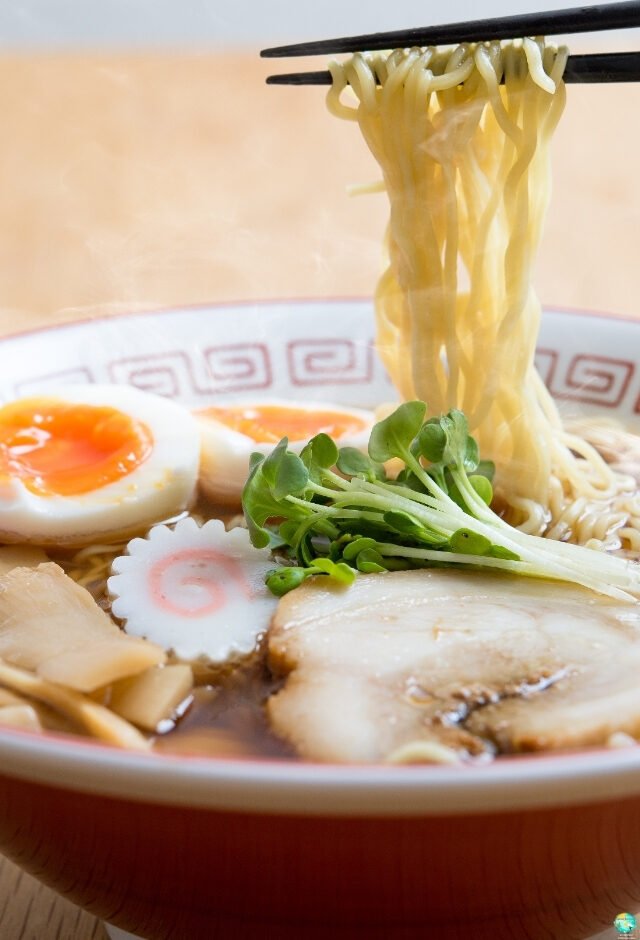



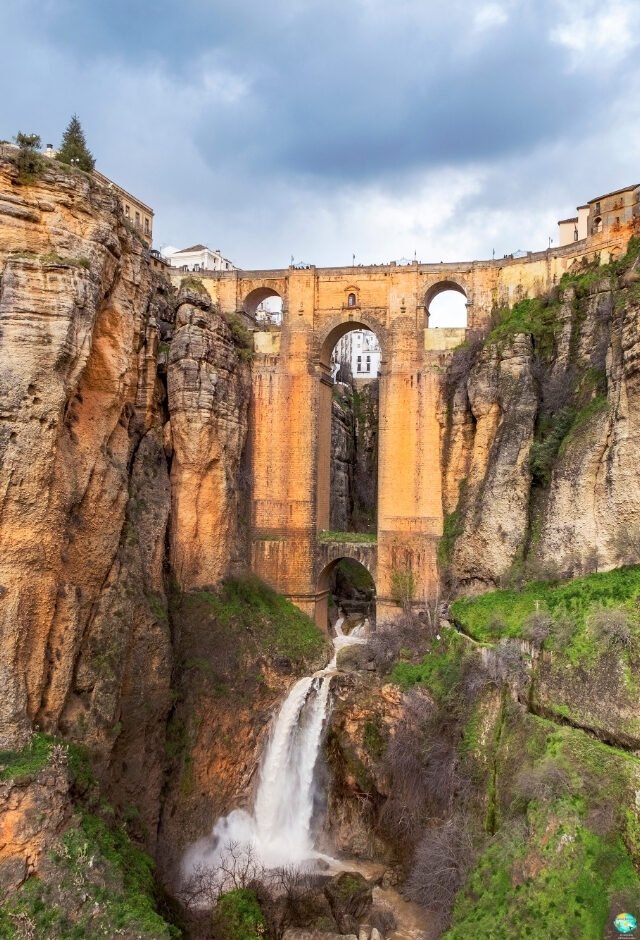

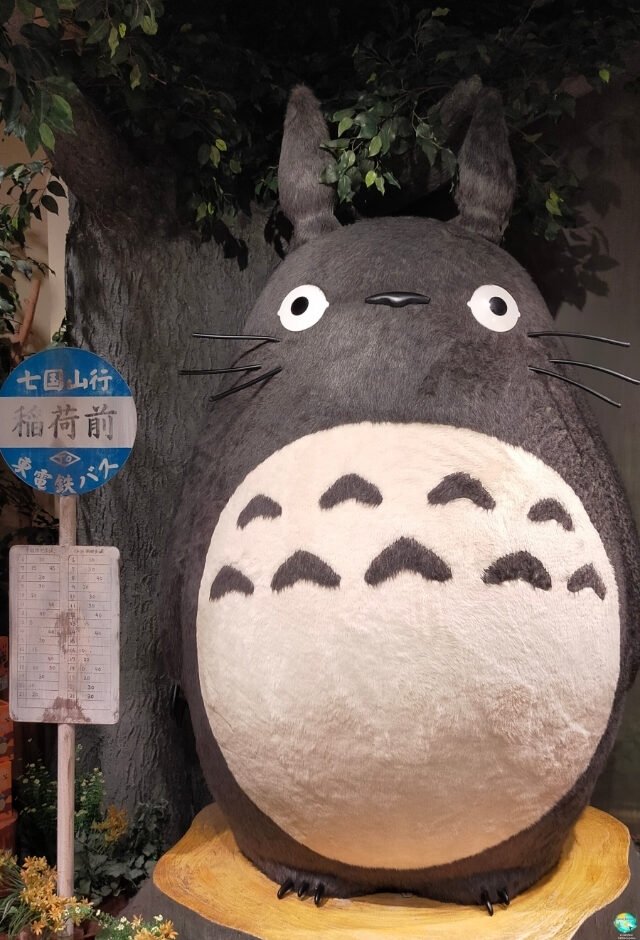
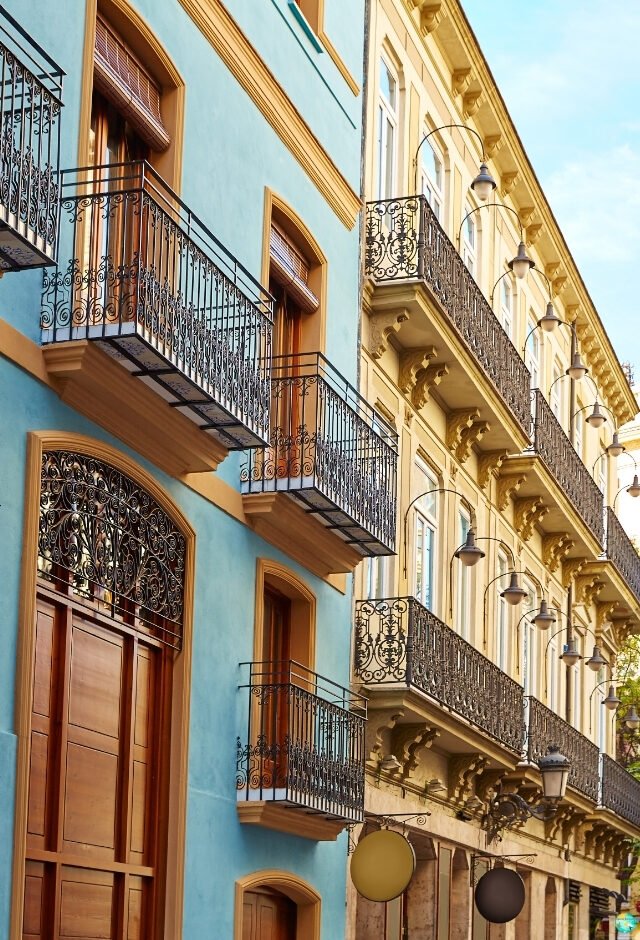
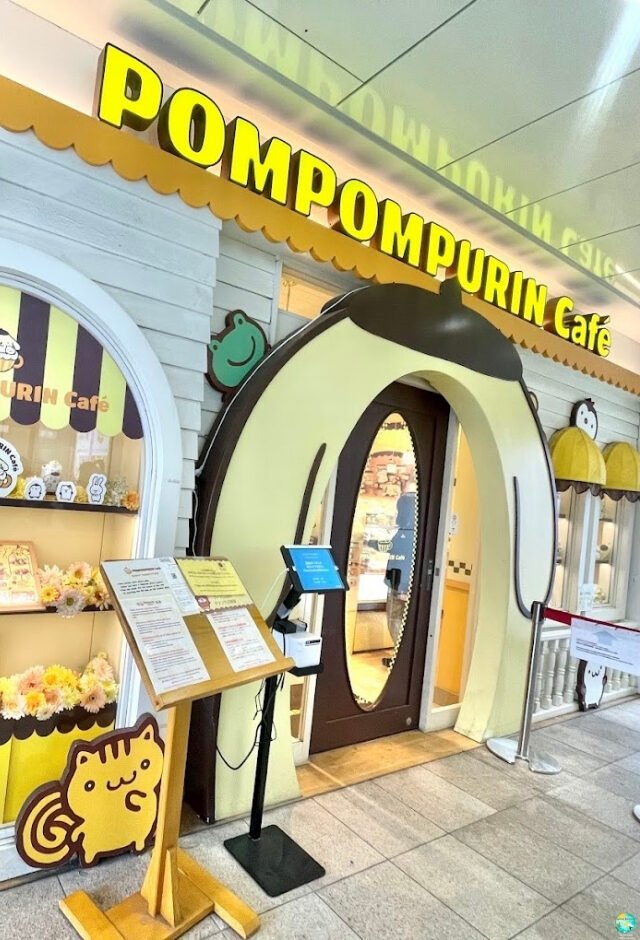



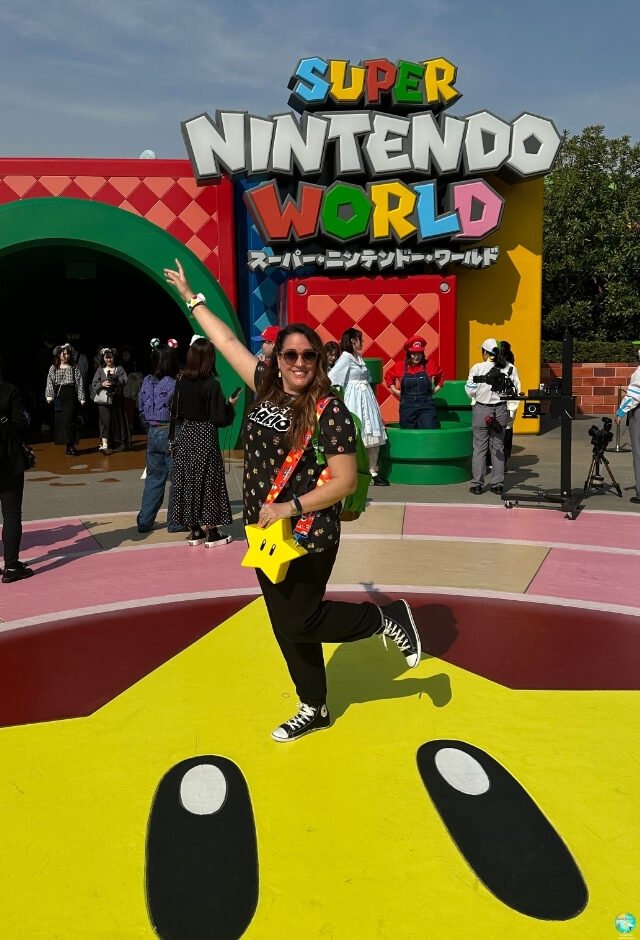
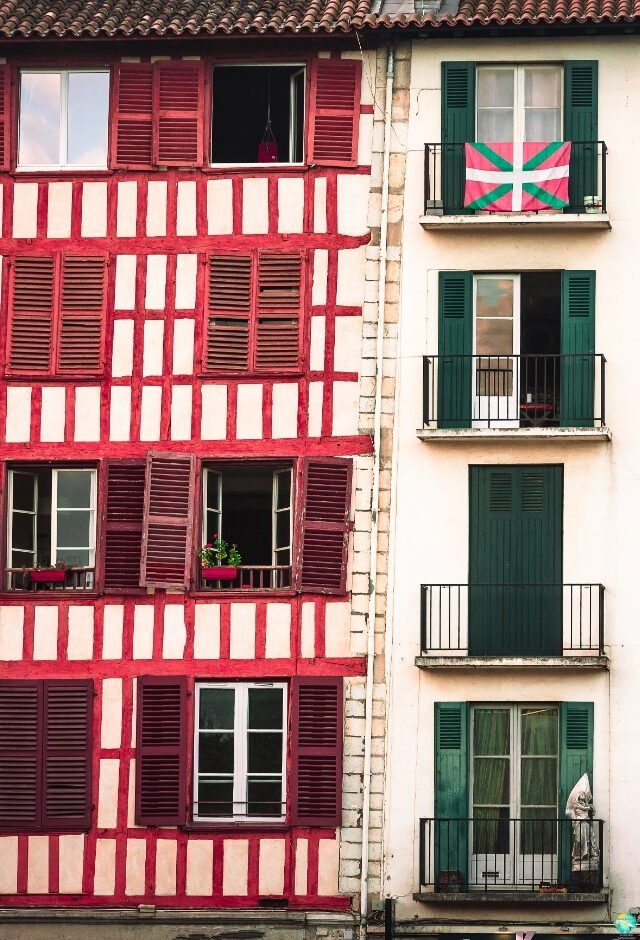

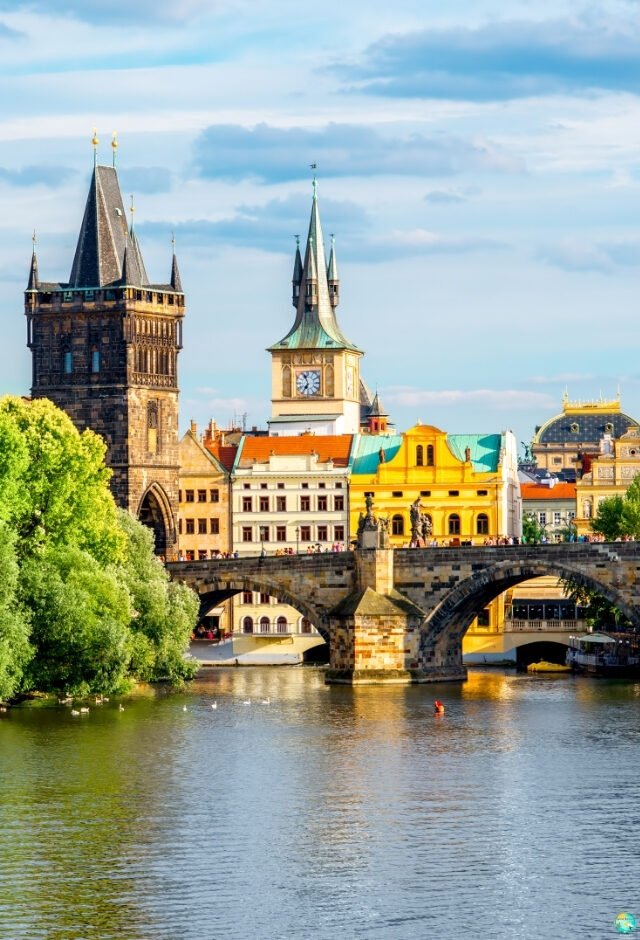
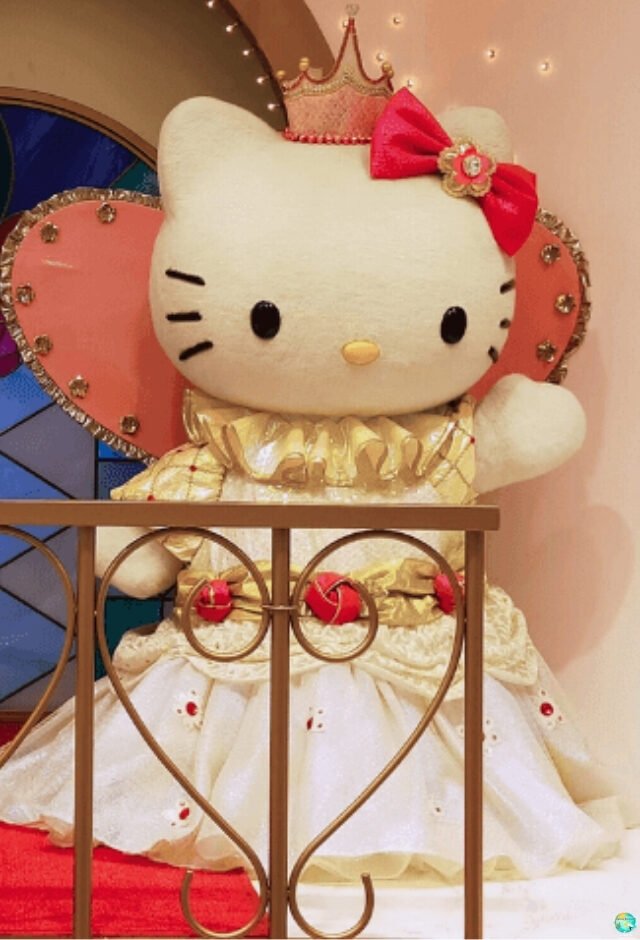


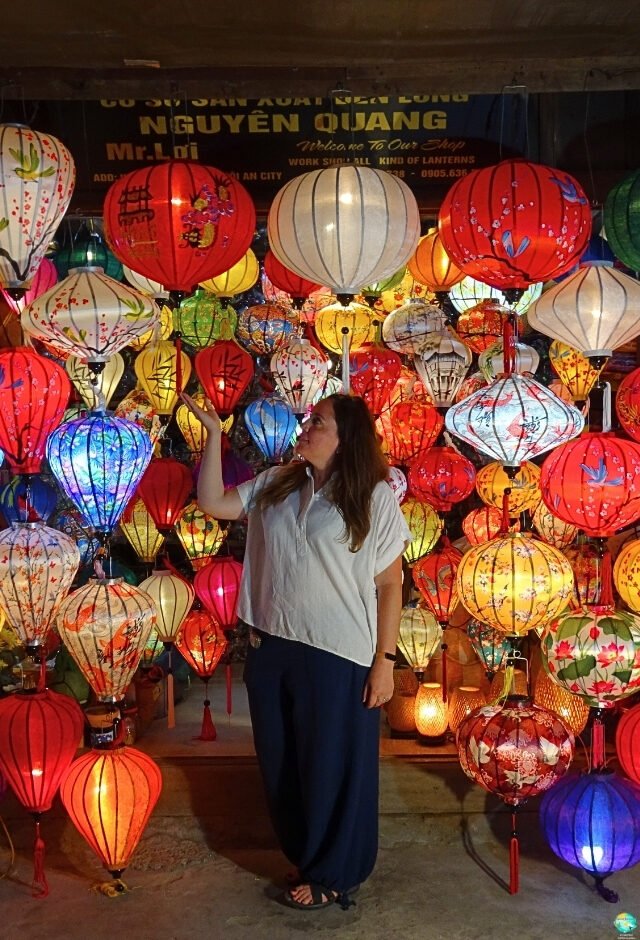

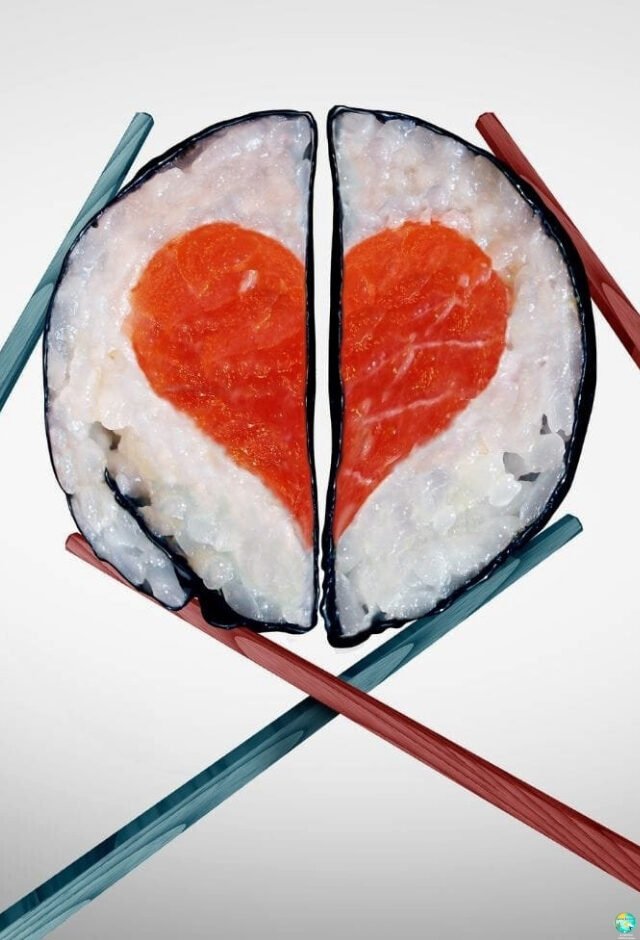
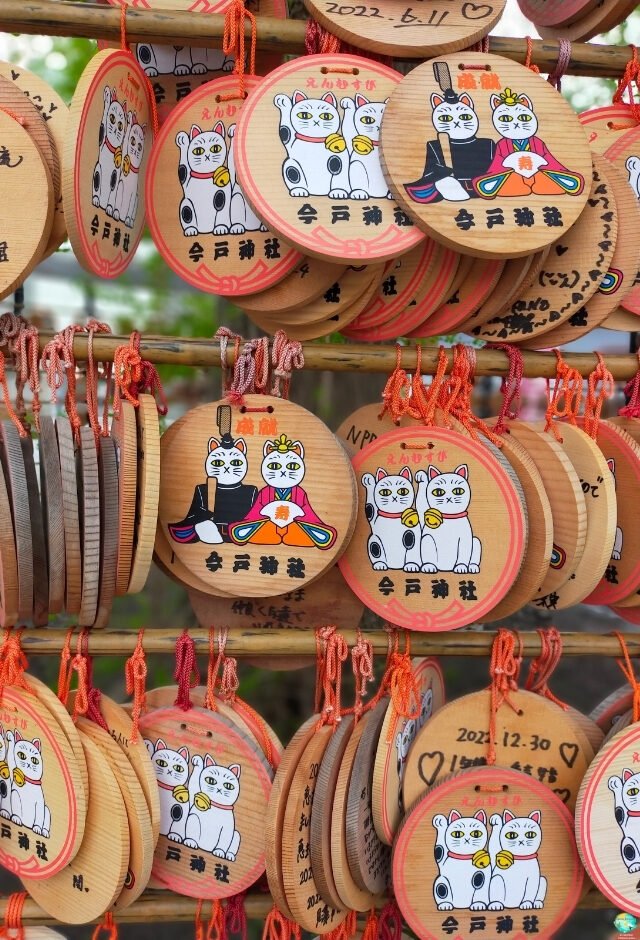
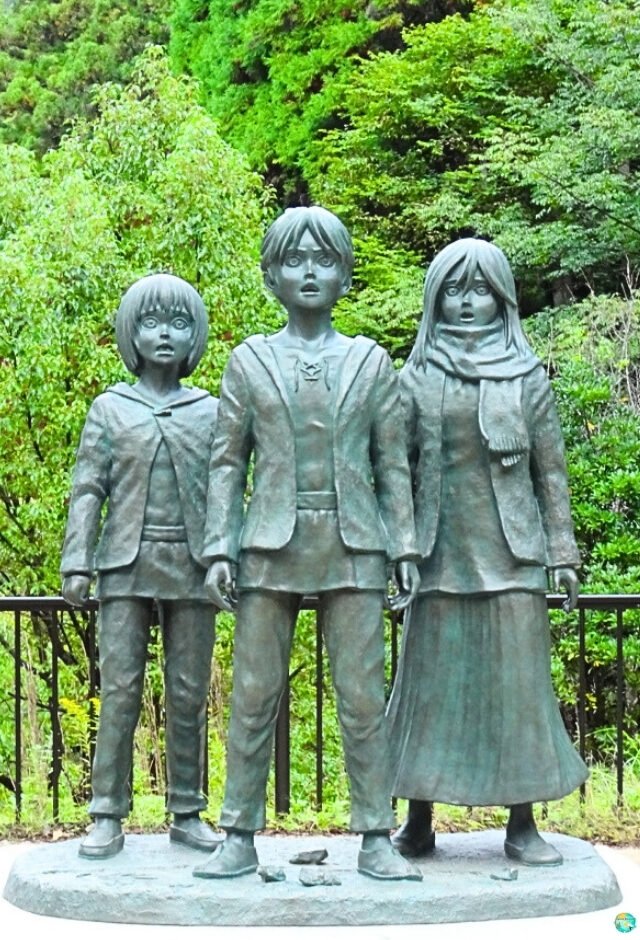
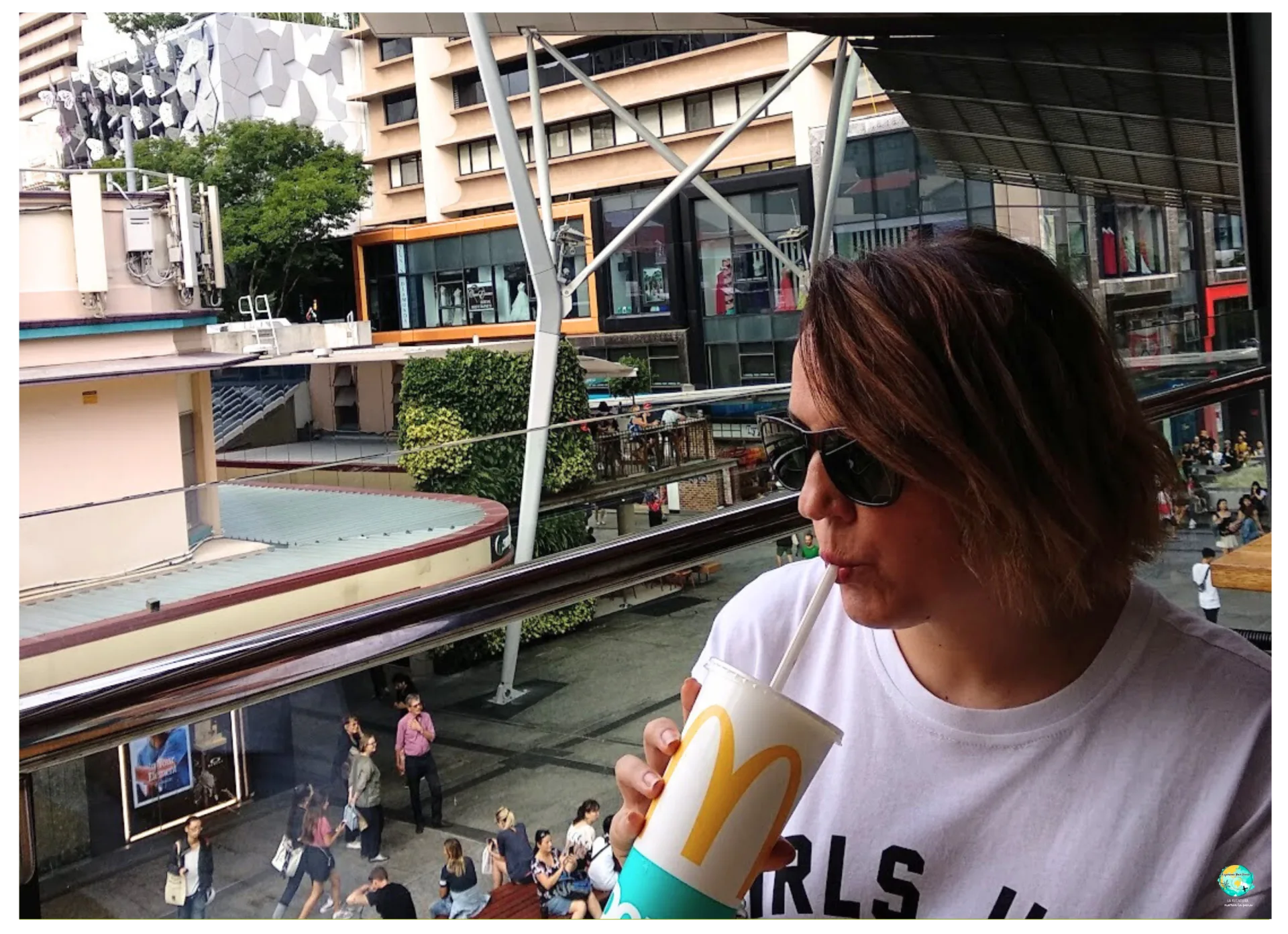
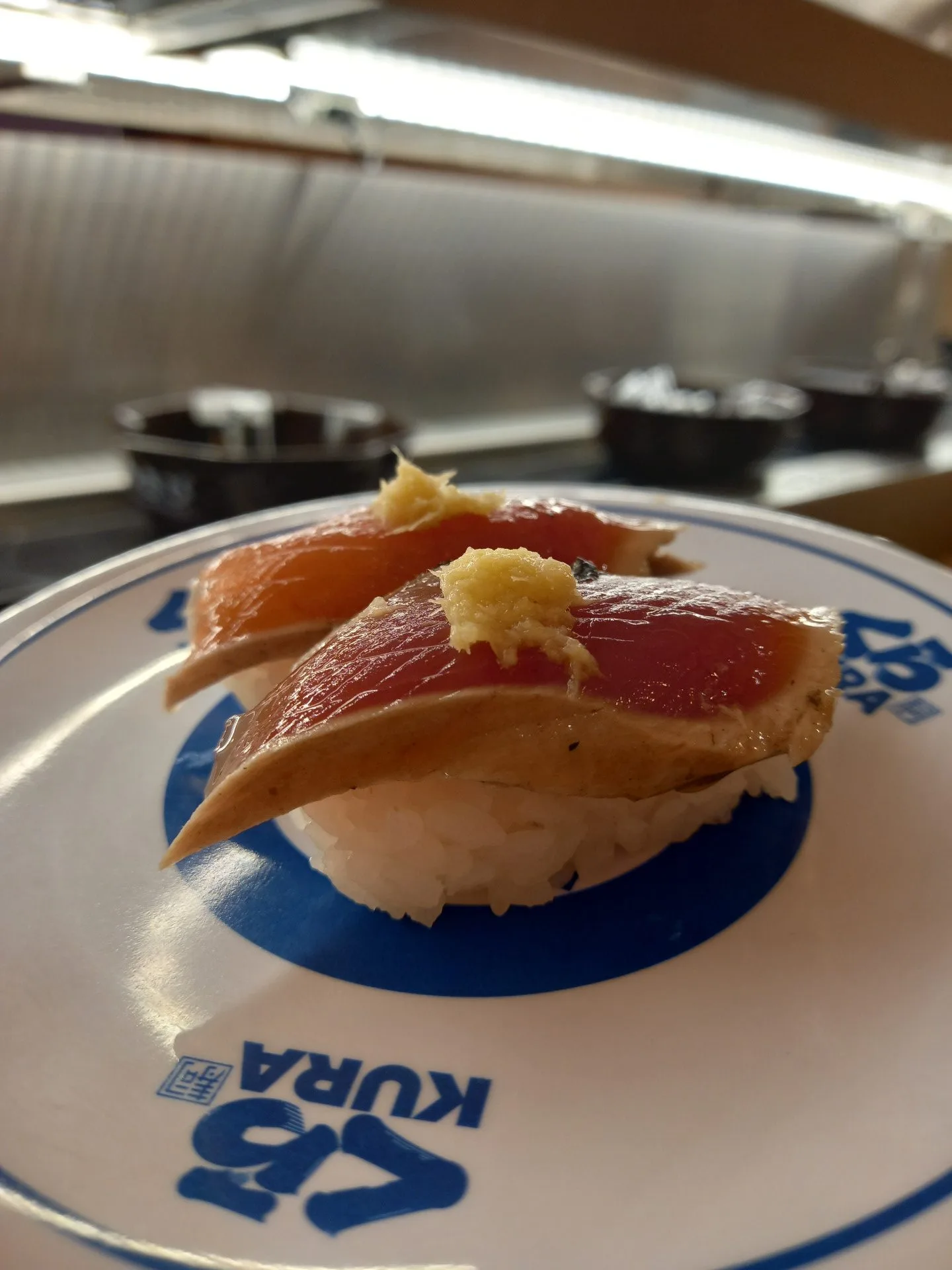
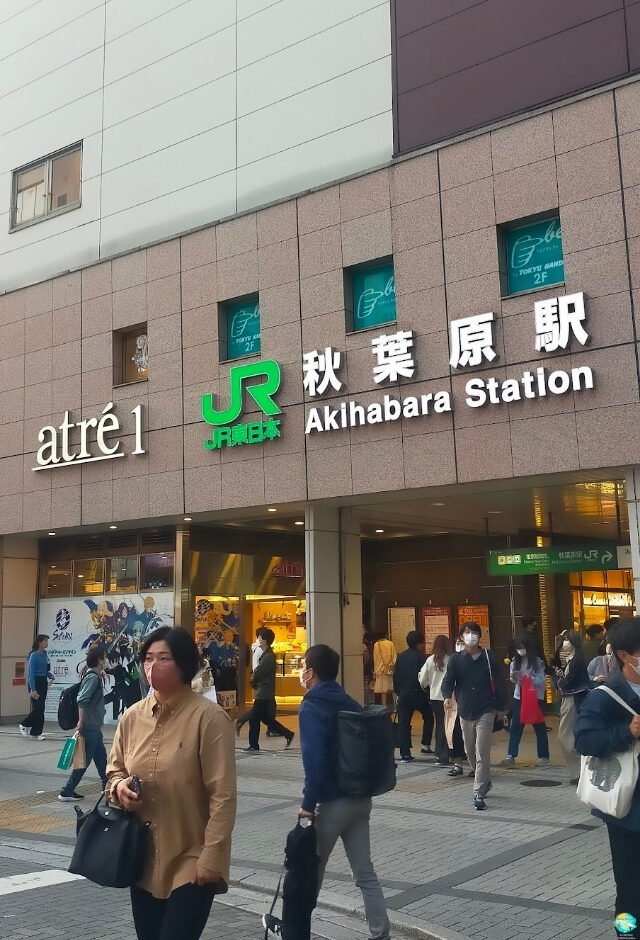

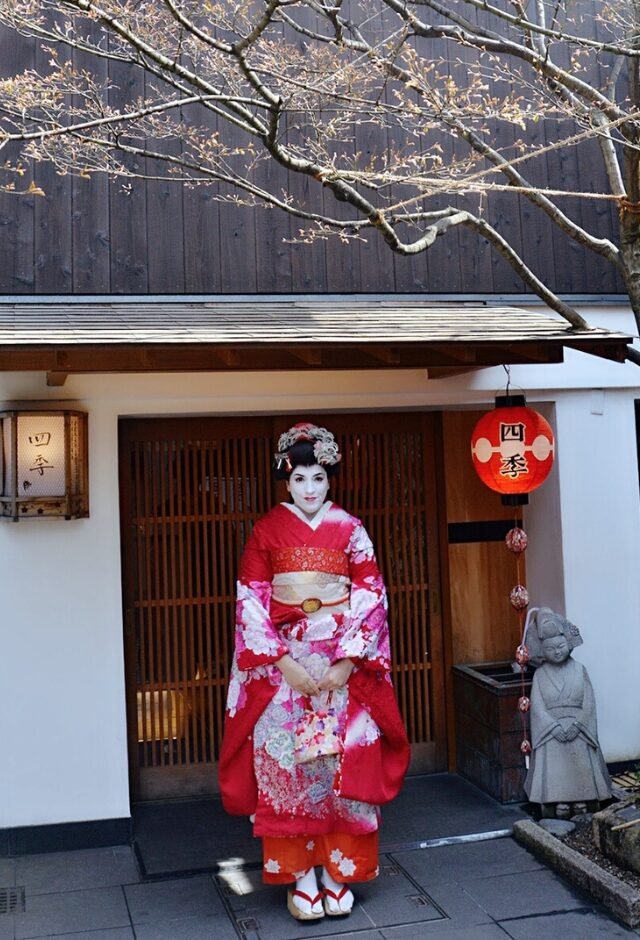


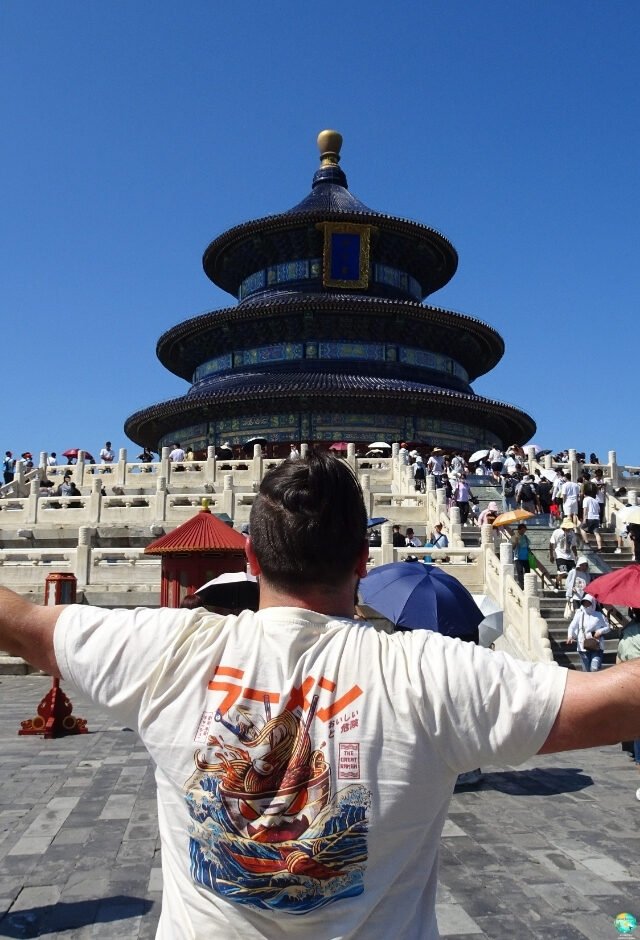
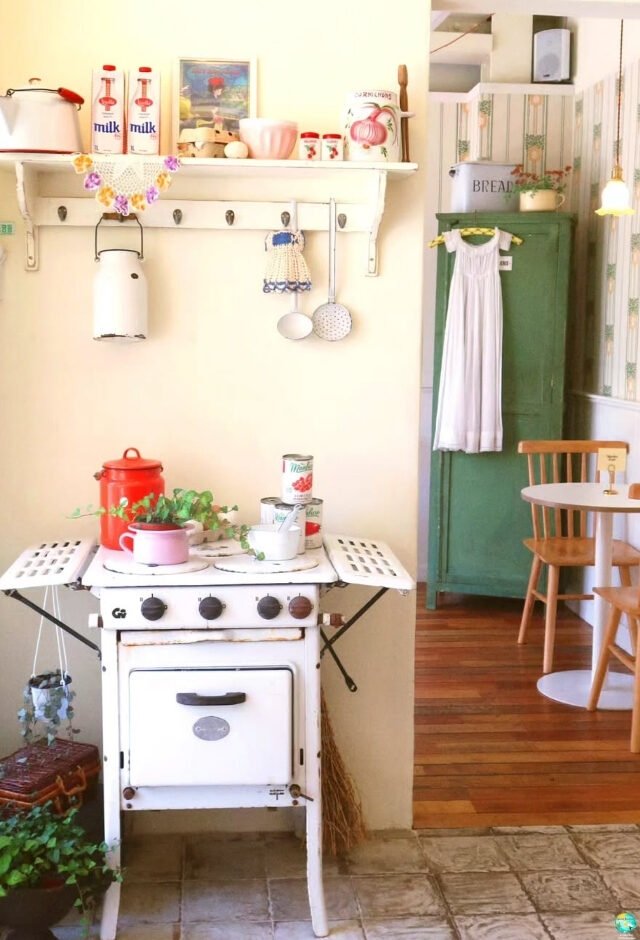
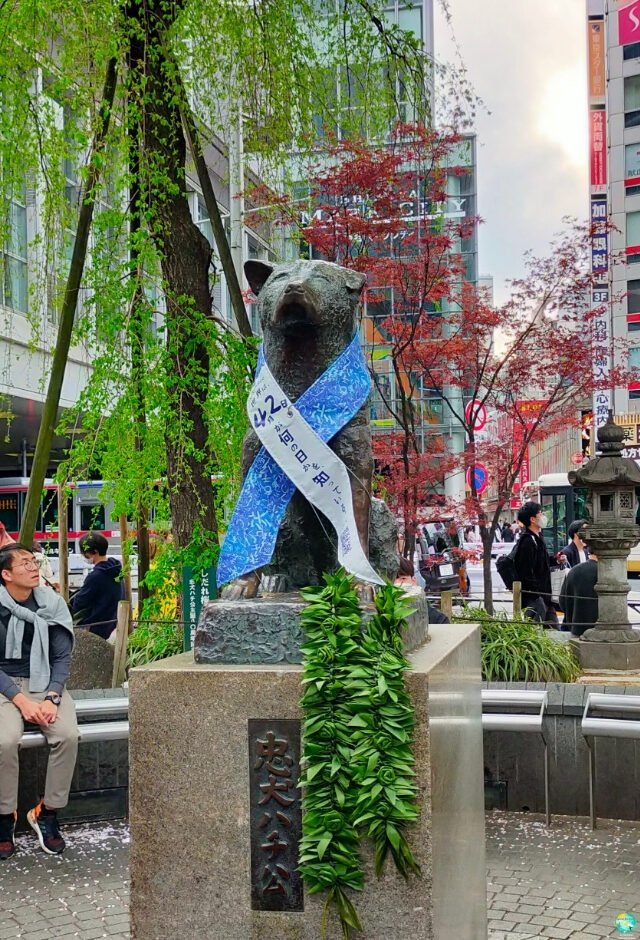
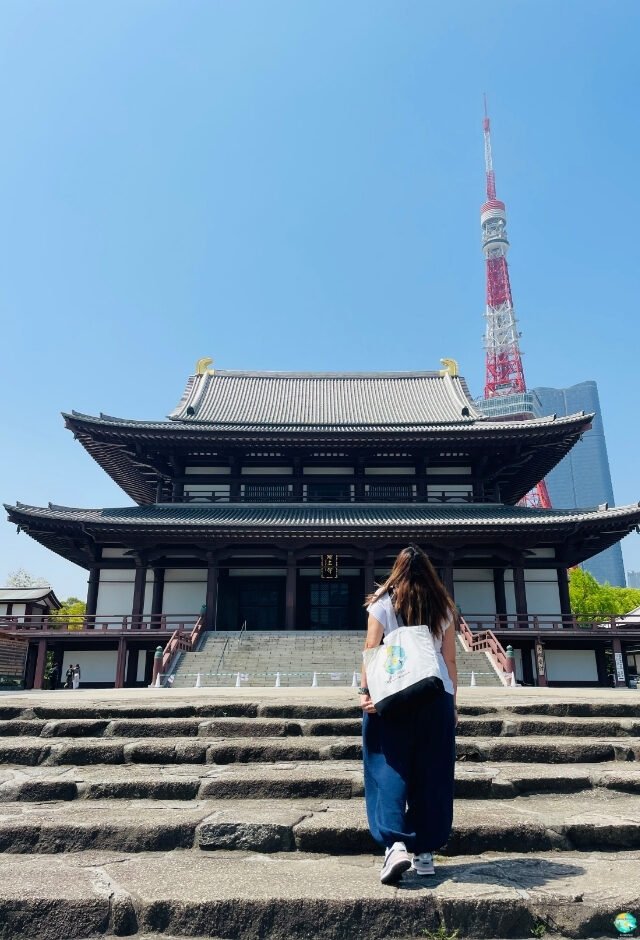
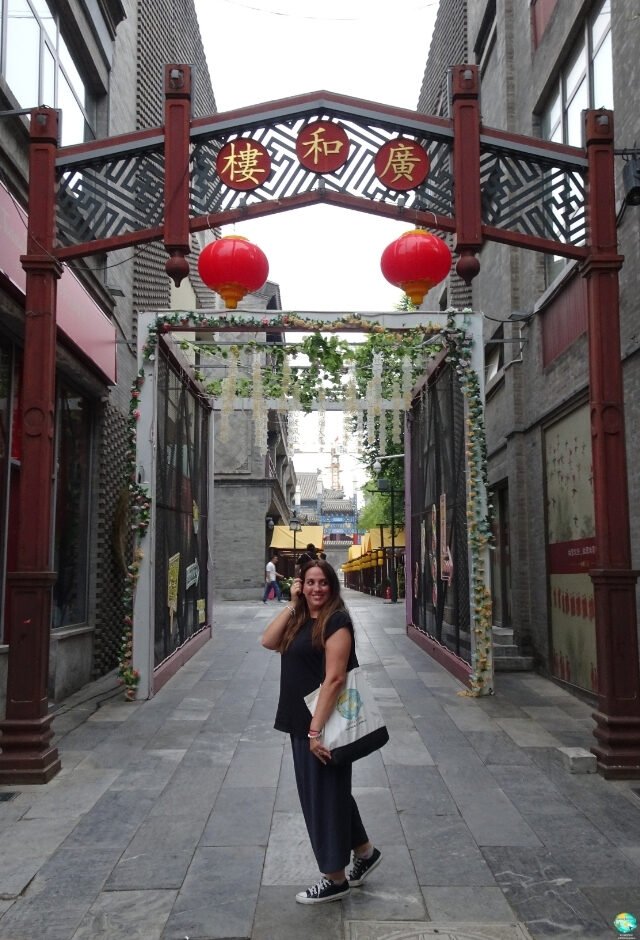
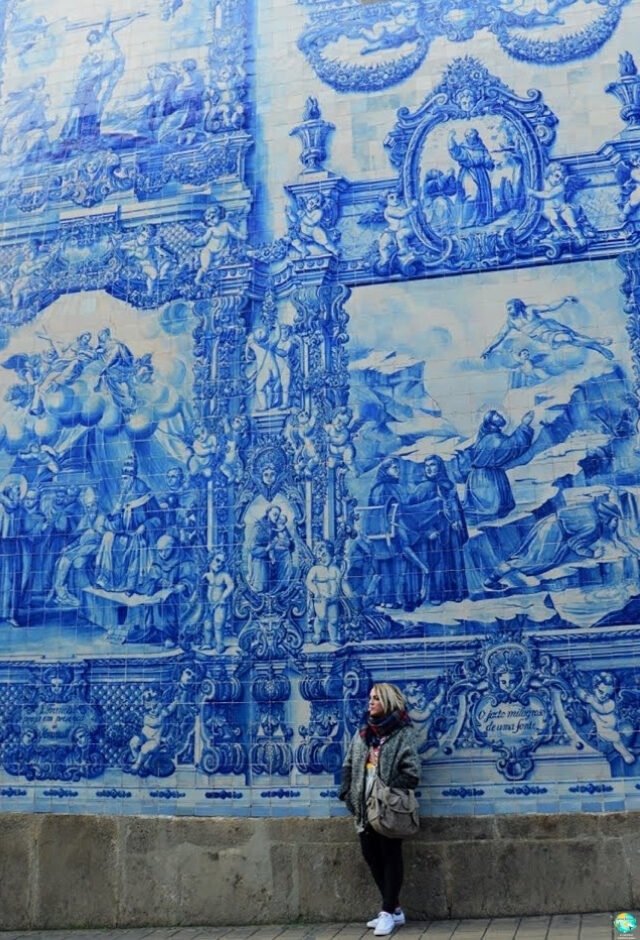

![Blog List Image ✈️ CÓMO ORGANIZAR UN VIAJE A NUEVA ZELANDA [ACTUALIZADO 2025]](https://experienceyourdream.com.au/wp-content/uploads/2025/06/Blog-List-Image-✈️-COMO-ORGANIZAR-UN-VIAJE-A-NUEVA-ZELANDA-ACTUALIZADO-2025.jpg)

